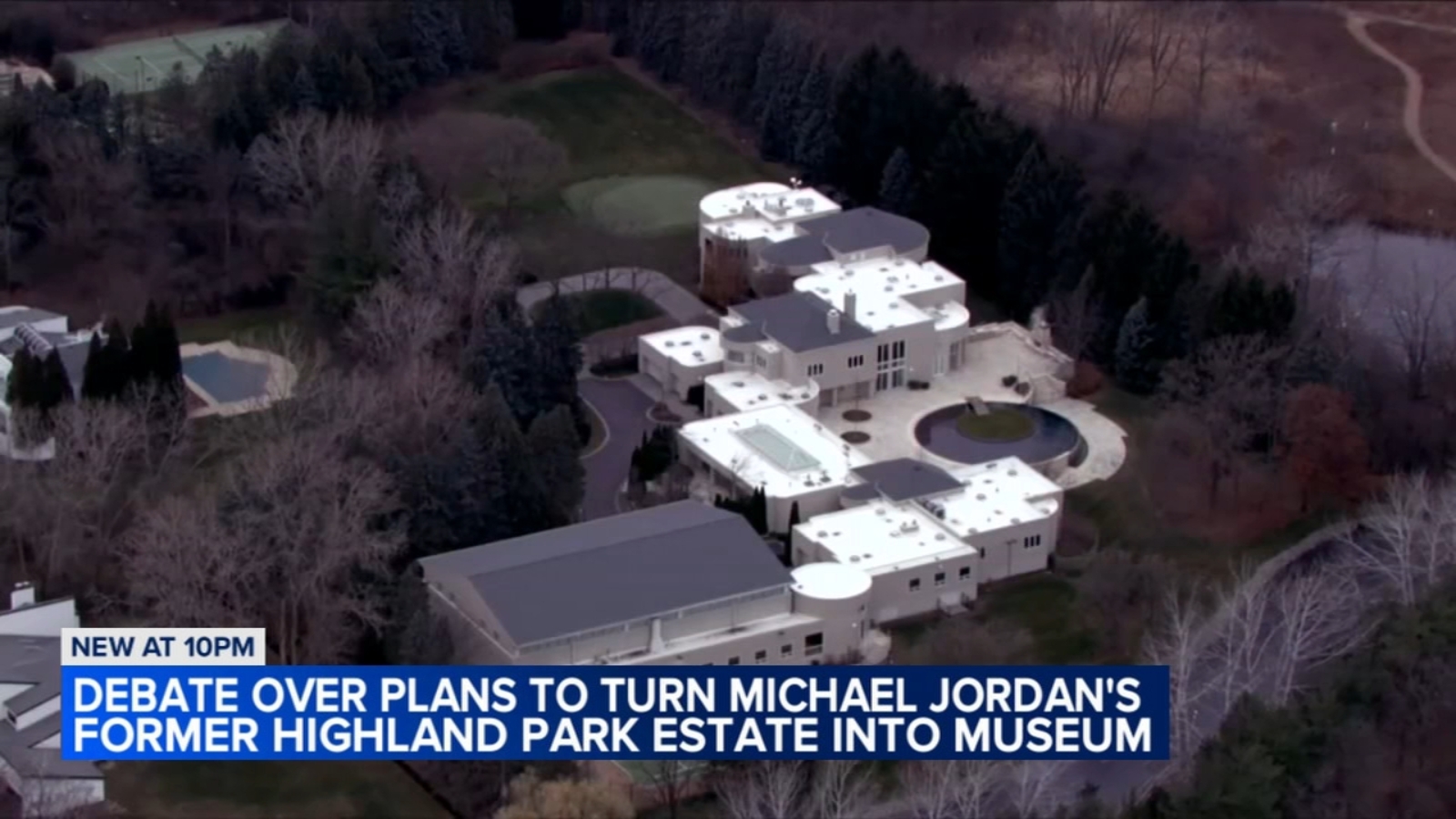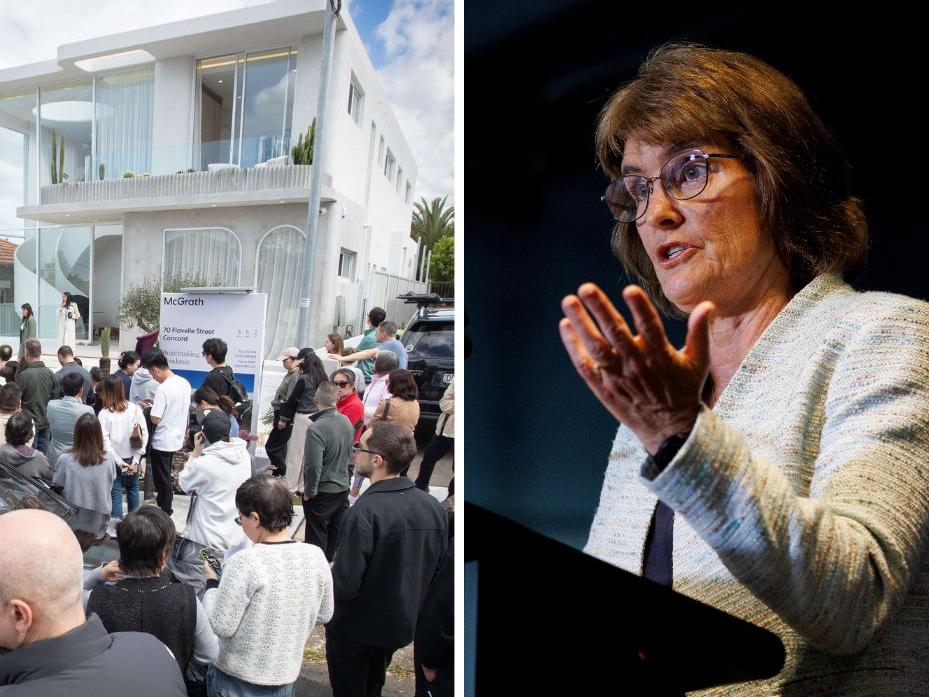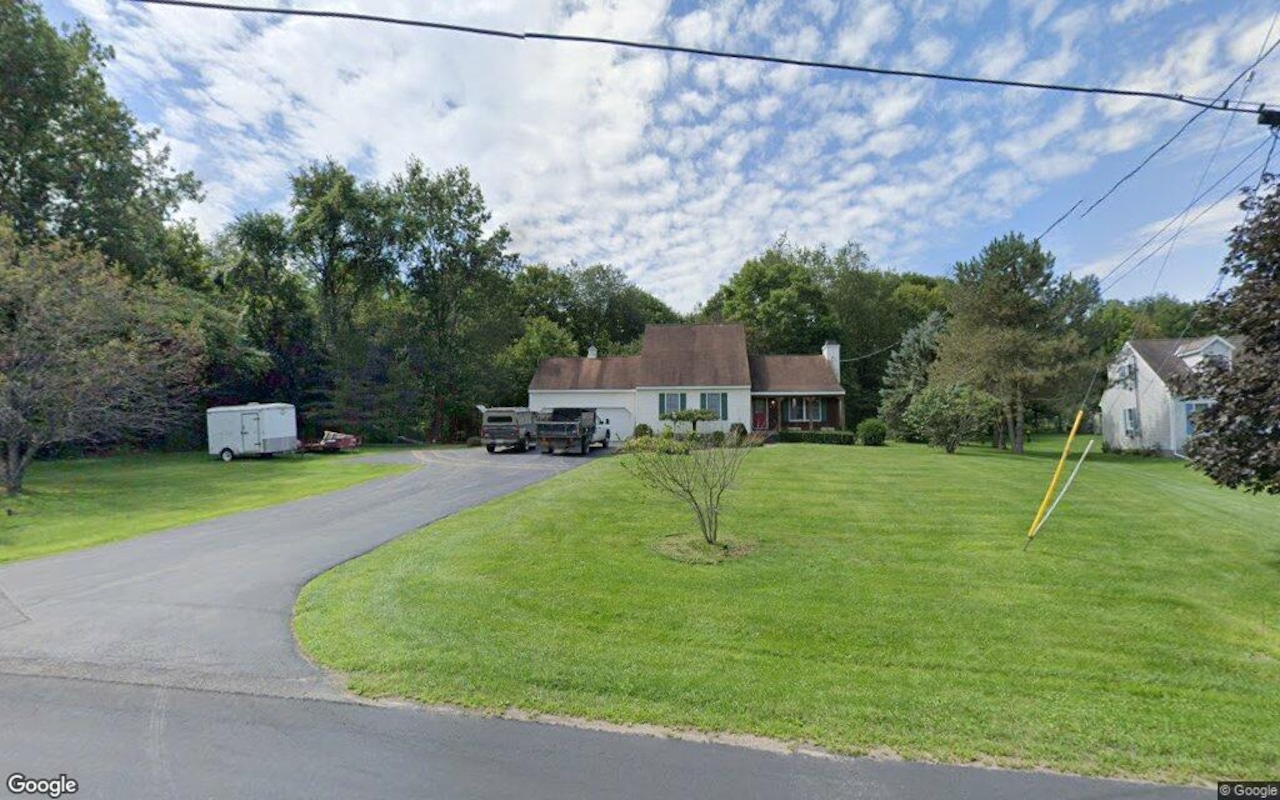W
ithin his first few days in office, President Donald Trump issued an emergency order directing executive departments and agencies to provide "emergency price relief," focusing on lowering housing costs and increasing supply. The Trump administration cited regulatory requirements as a primary reason many Americans struggle to purchase homes, pointing out that Trump's policies had already reduced regulatory costs by nearly $11,000 per household in his first term.
Experts agree the federal government cannot solve the housing crisis alone and that multiple levels of government must work together for significant change. However, they acknowledge Trump can apply pressure to move the needle. The U.S. faces a shortage of 2.5-7.2 million homes, highlighting the need to build more housing. Regulatory requirements add significant costs to construction, estimated at around $90,000 per new home, which is approximately 22% of the total cost.
Experts suggest reviewing regulations and cutting back on rules or fees associated with them could improve outcomes for builders and increase supply. Increasing supply is key to making housing affordable, according to Noel Roberts, founder of real estate firm Pending. While Trump cannot solve the crisis alone, his policies and pressure on the Federal Reserve can influence economic levers such as lower prices and mortgage rates.
The federal government can also impact housing affordability through mortgage policy, potentially by privatizing Fannie Mae and Freddie Mac, reducing mortgage fees, and easing access to mortgages. Trump has mentioned plans to privatize these mortgage giants.












